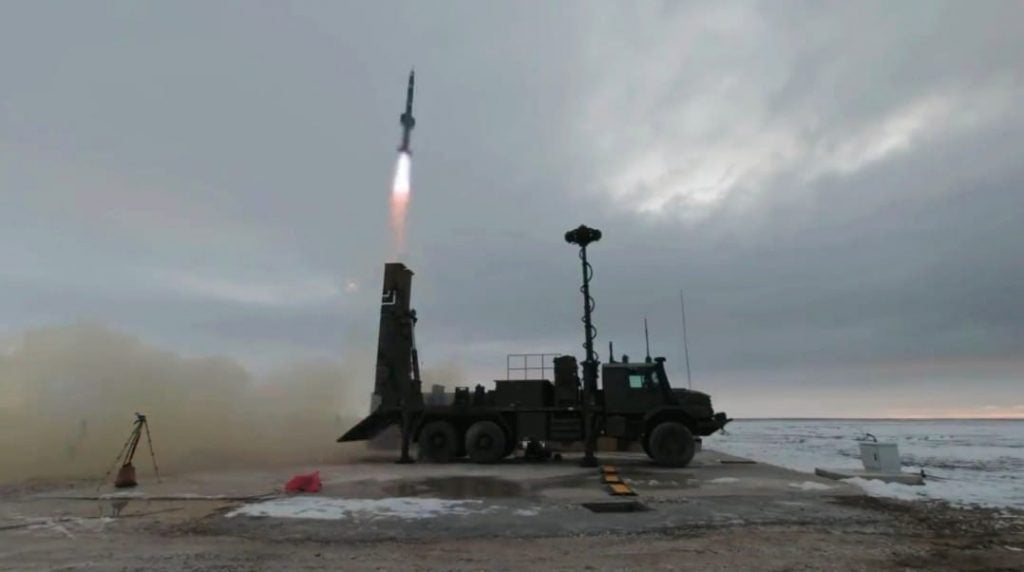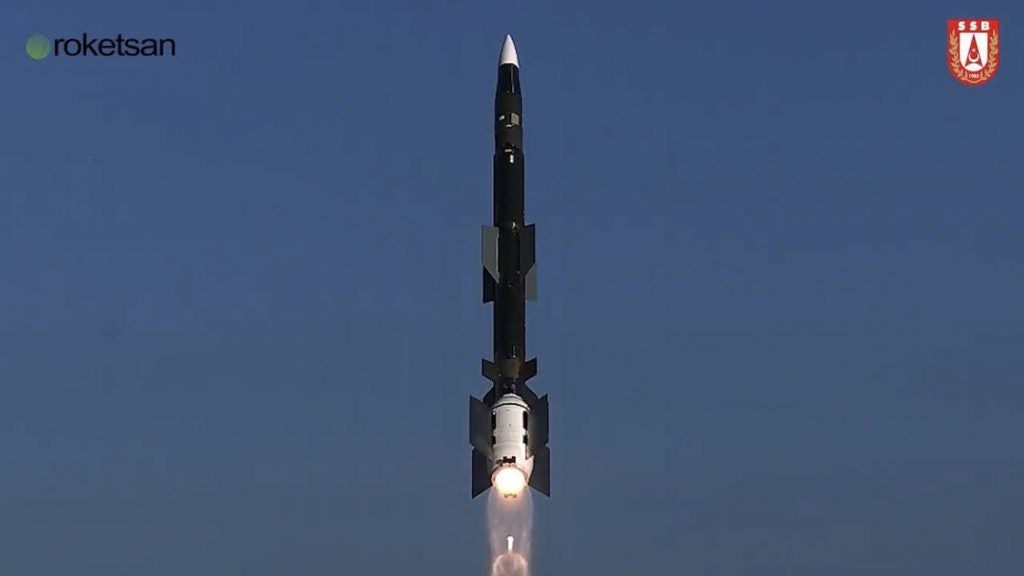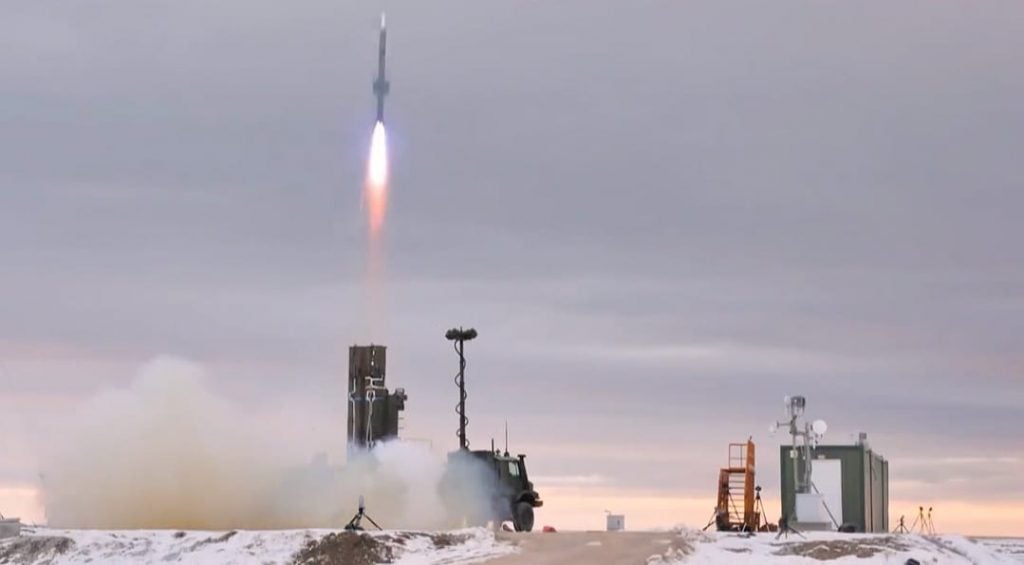Turkey Successfully Test-Fires The HİSAR-RF Air Defense Missile
According to the Turkish Presidency of Defense Industries, the Hisar O+ Air Defense System, which was recently added to the Turkish Armed Forces’ inventory, successfully completed a test fire utilizing an RF seeker missile. The system, which had previously been able to launch an Infrared Seeker Missile, now has the capability to launch an RF (Radio Frequency) Seeker Missile with the last test fire.
Prof. Dr. İsmail Demir, President of the Turkish Presidency of Defense Industries, announced the latest development on his social media account, writing: “HİSAR has begun 2022 quickly! The target was destroyed in the first test fire of the HİSAR O+ System’s RF (Radio Frequency) Seeker Test Missile, adding a new capability to our air defense. As we continue mass production, our work on new capabilities will continue at full speed.”
The first test fire of the HİSAR-RF Missile, which is estimated to be equivalent to the HAWK Missile developed by Raytheon in capability, was carried out in 2020. The HİSAR-RF Missile’s radar seeker, developed in collaboration with Aselsan, Roketsan, and TÜBTAK SAGE, was based on Aselsan’s expertise developing the Atmaca anti-ship missile and the Gökdoğan BVRAAM (Beyond-Visual-Range Air-to-Air) missile. The HİSAR-RF Missile has a longer range and superior capabilities than the HİSAR-O+ Missile, despite having a nearly identical physical structure.

The HİSAR-RF missile is of great importance for Turkey to satisfy the need for layered air defense on its own. Turkey is also working on the SIPER Blok-I missile, a high-altitude long-range air defense missile based on the HİSAR-RF missile that it has tested with the HİSAR-O air defense system.

The SİPER Blok-I missile was developed by adding an additional engine to the HİSAR-RF missile and making certain structural changes, and it was successfully test-fired for the first time in late 2021. The SİPER Blok-I missile, which is stated to have a range of 70+ kilometers, is projected to be operational in 2023.

